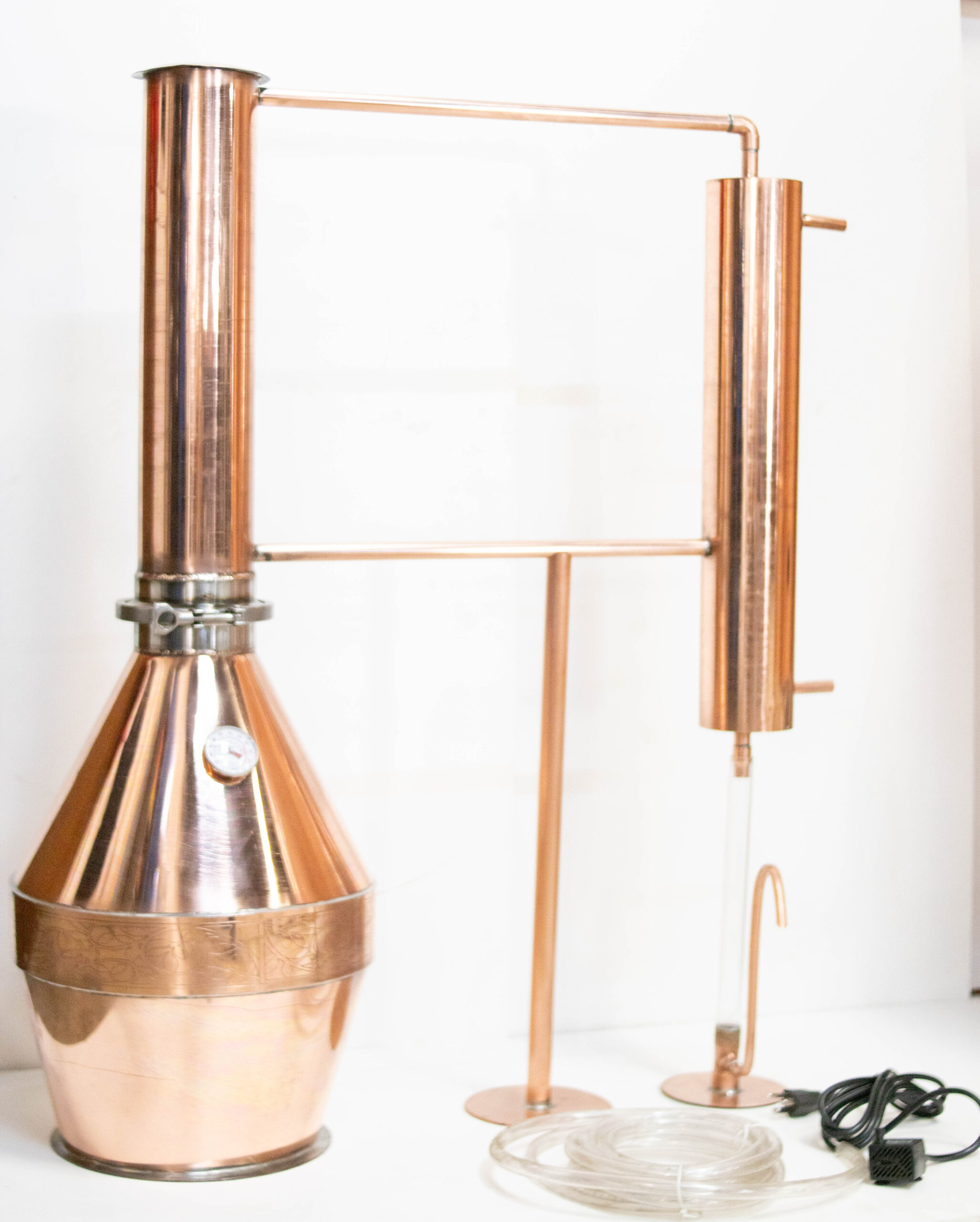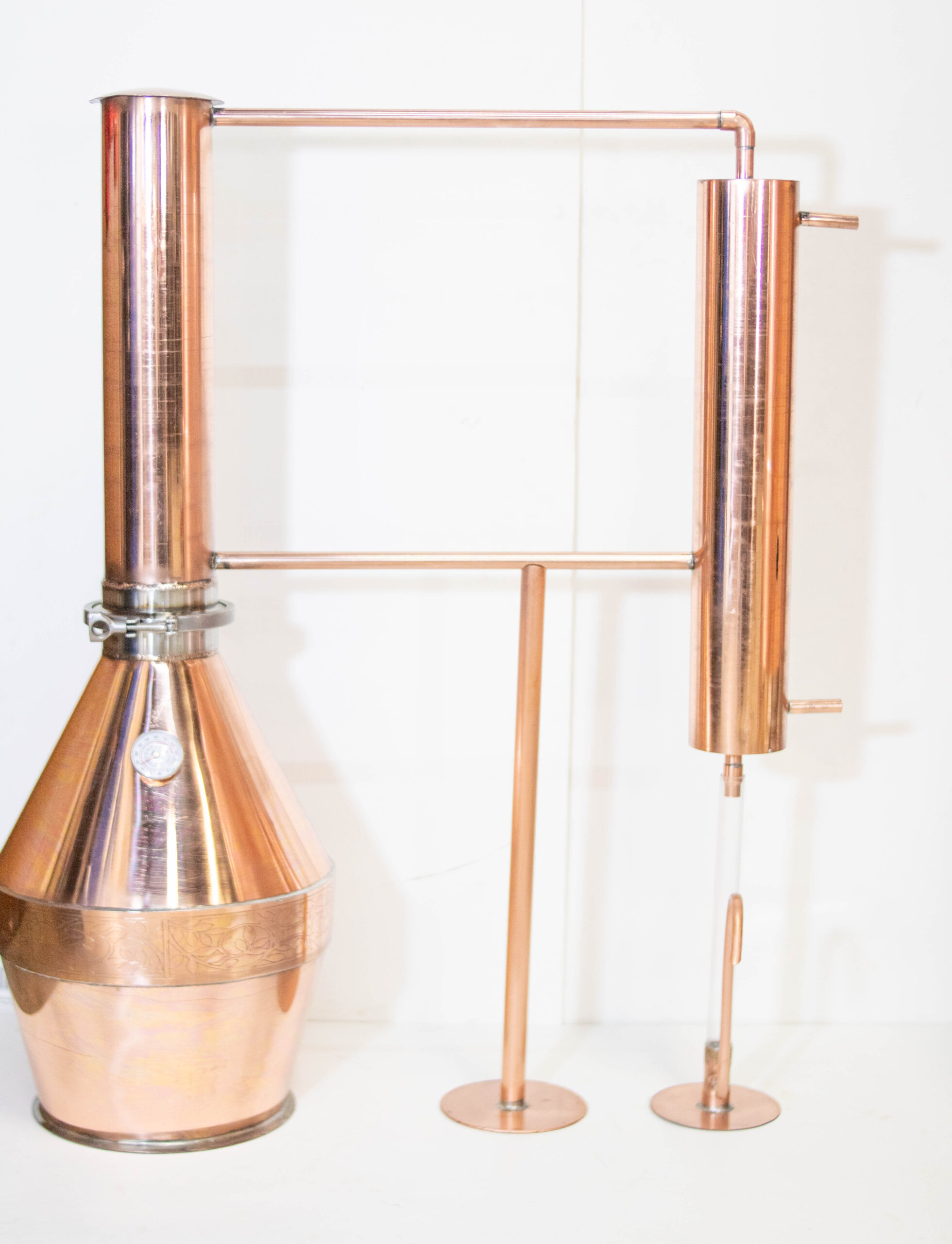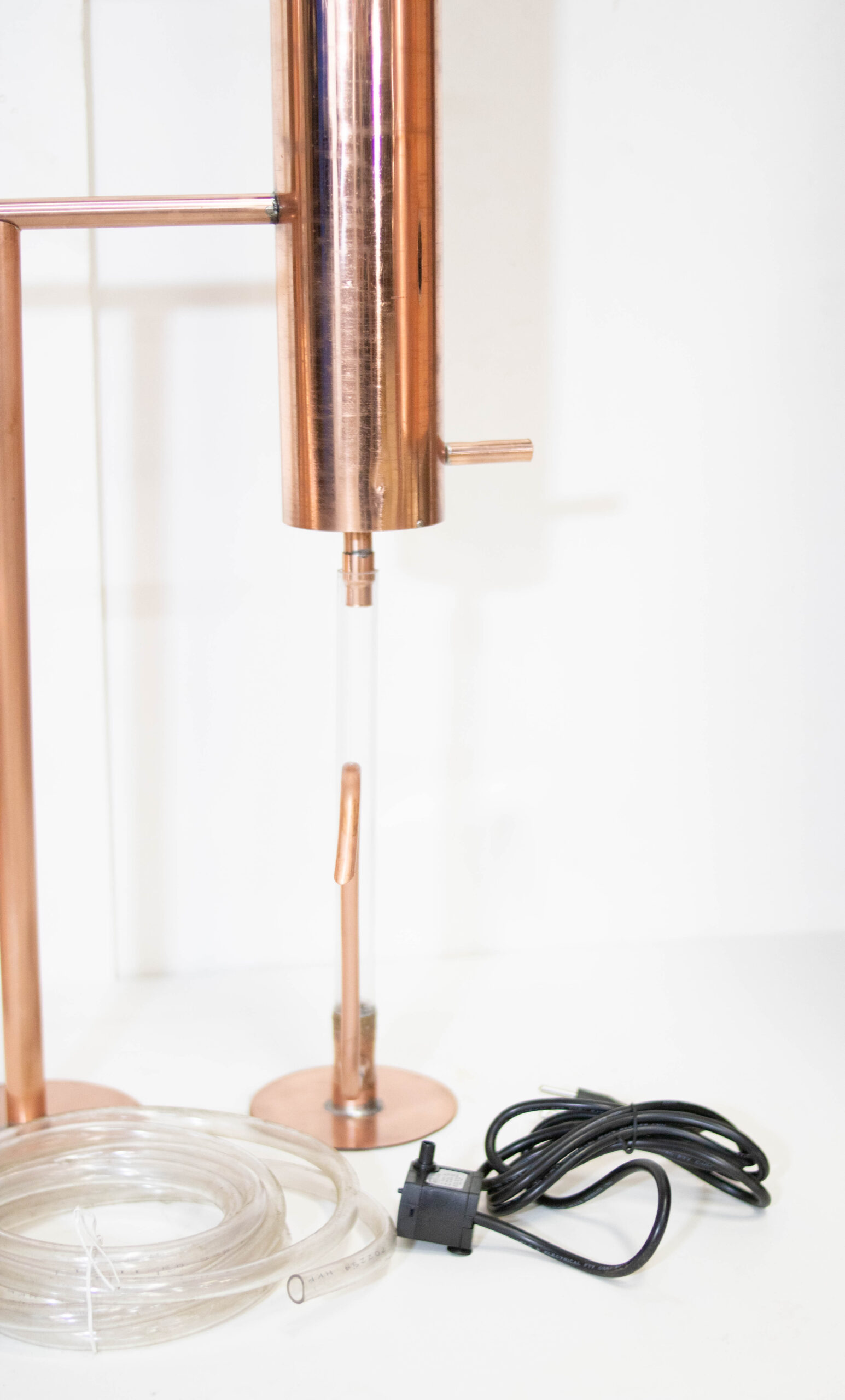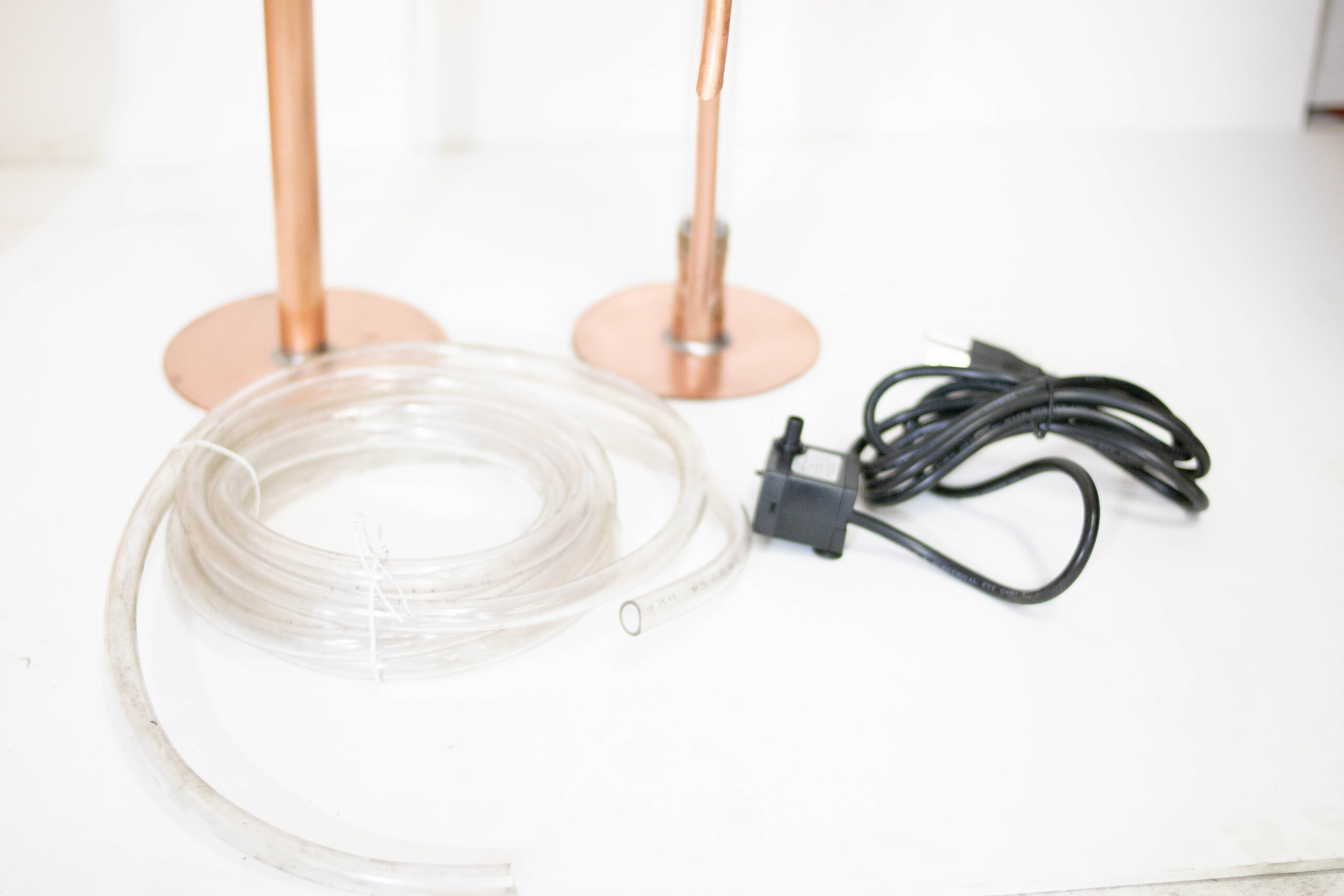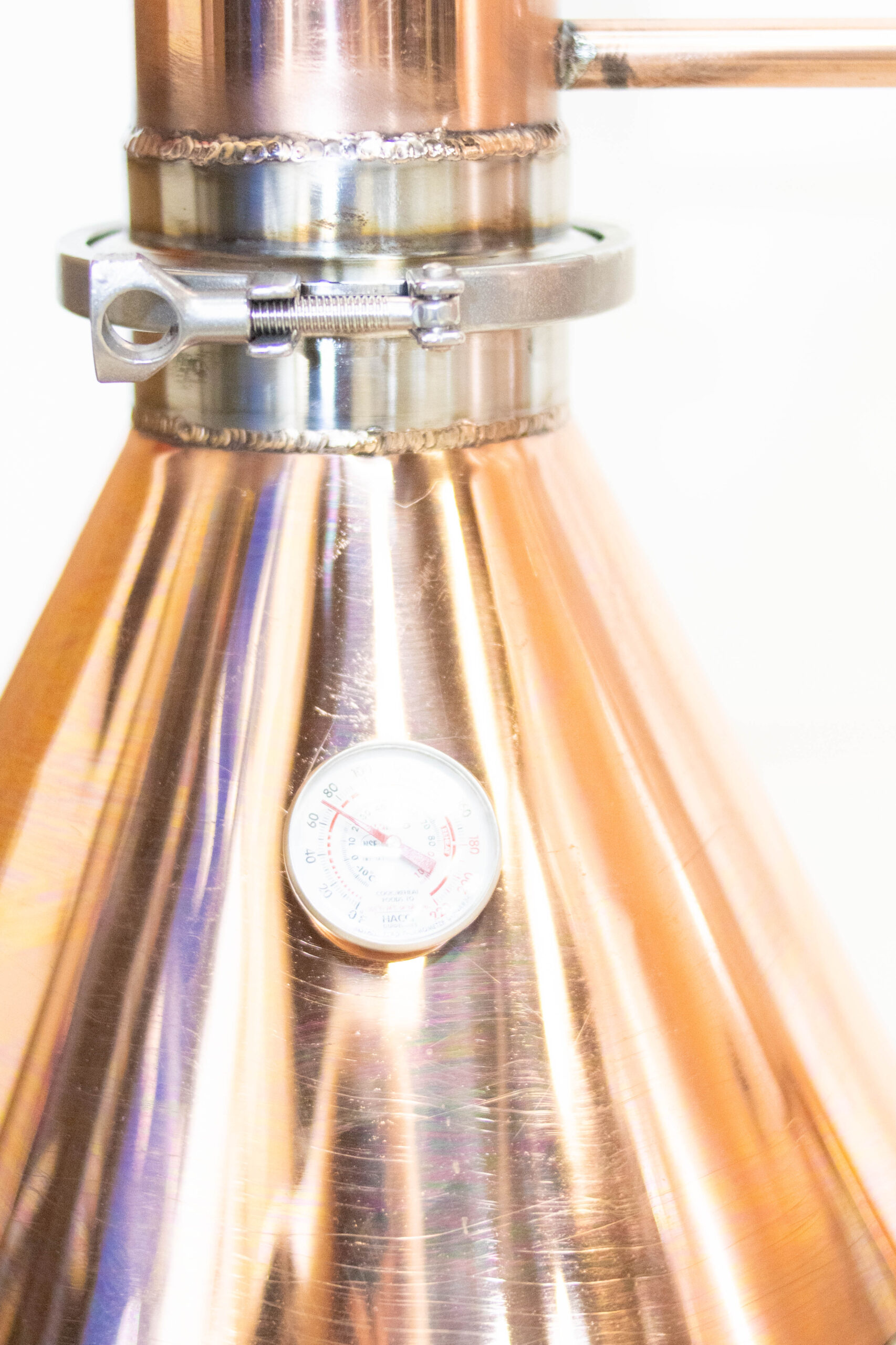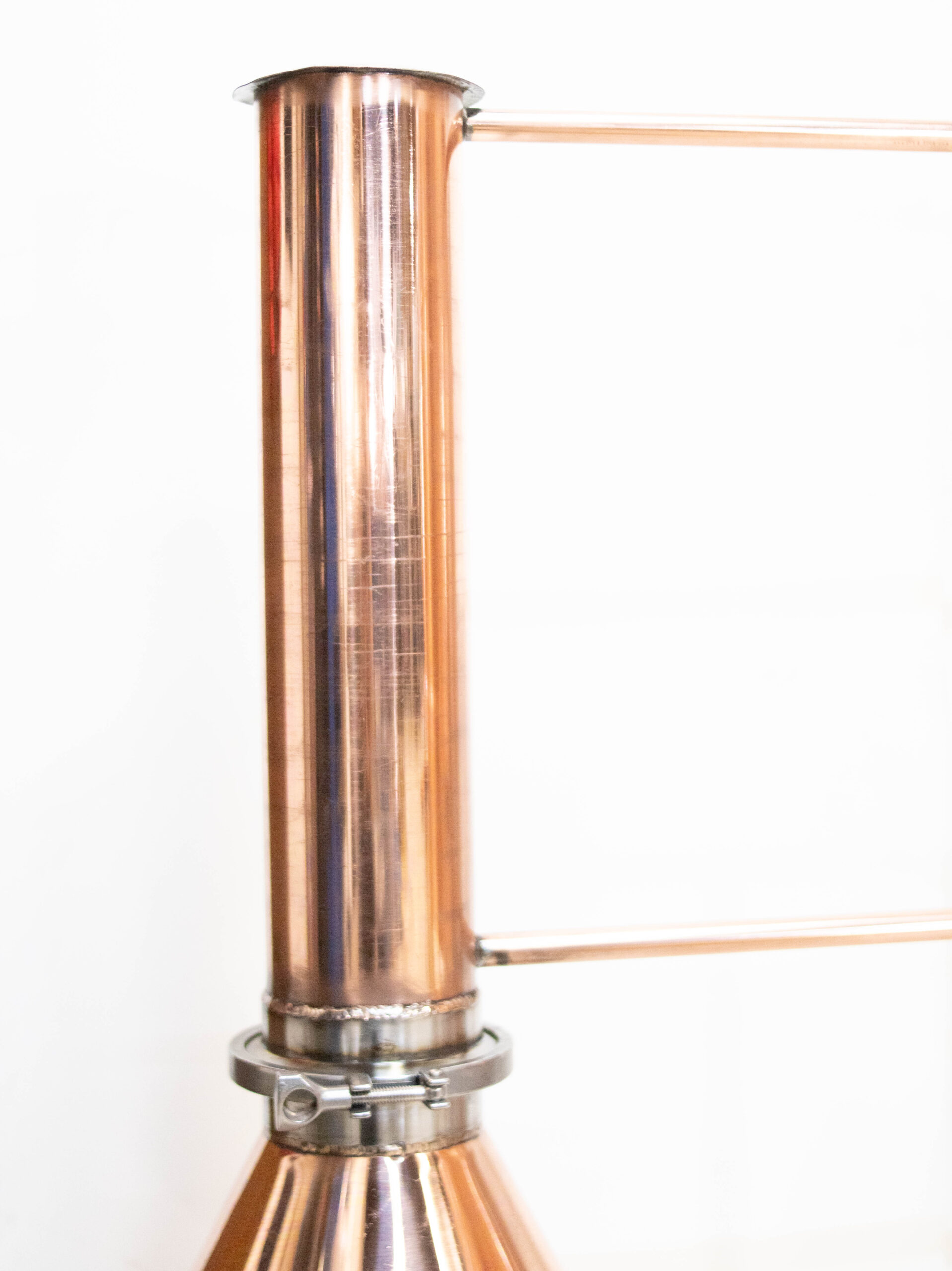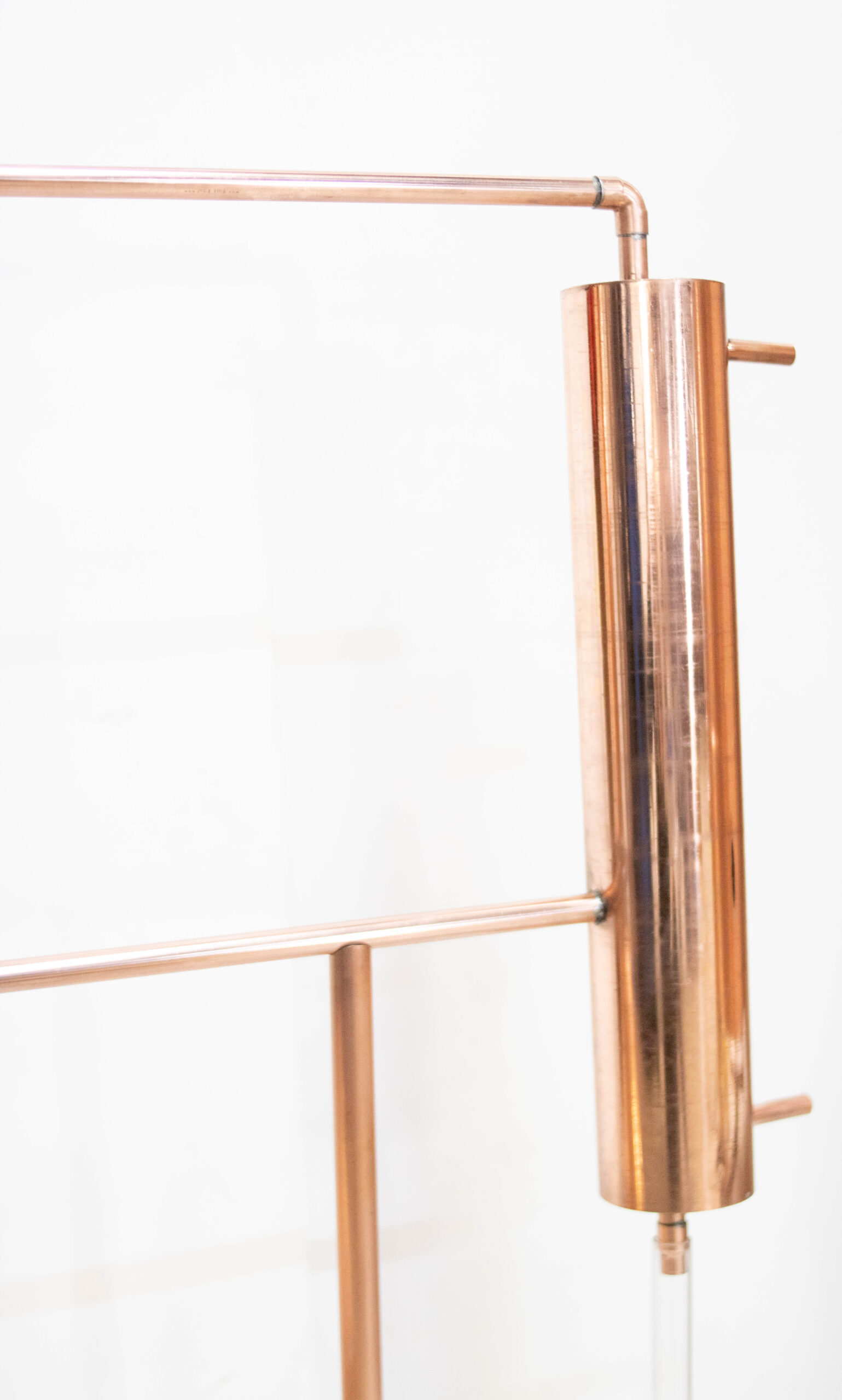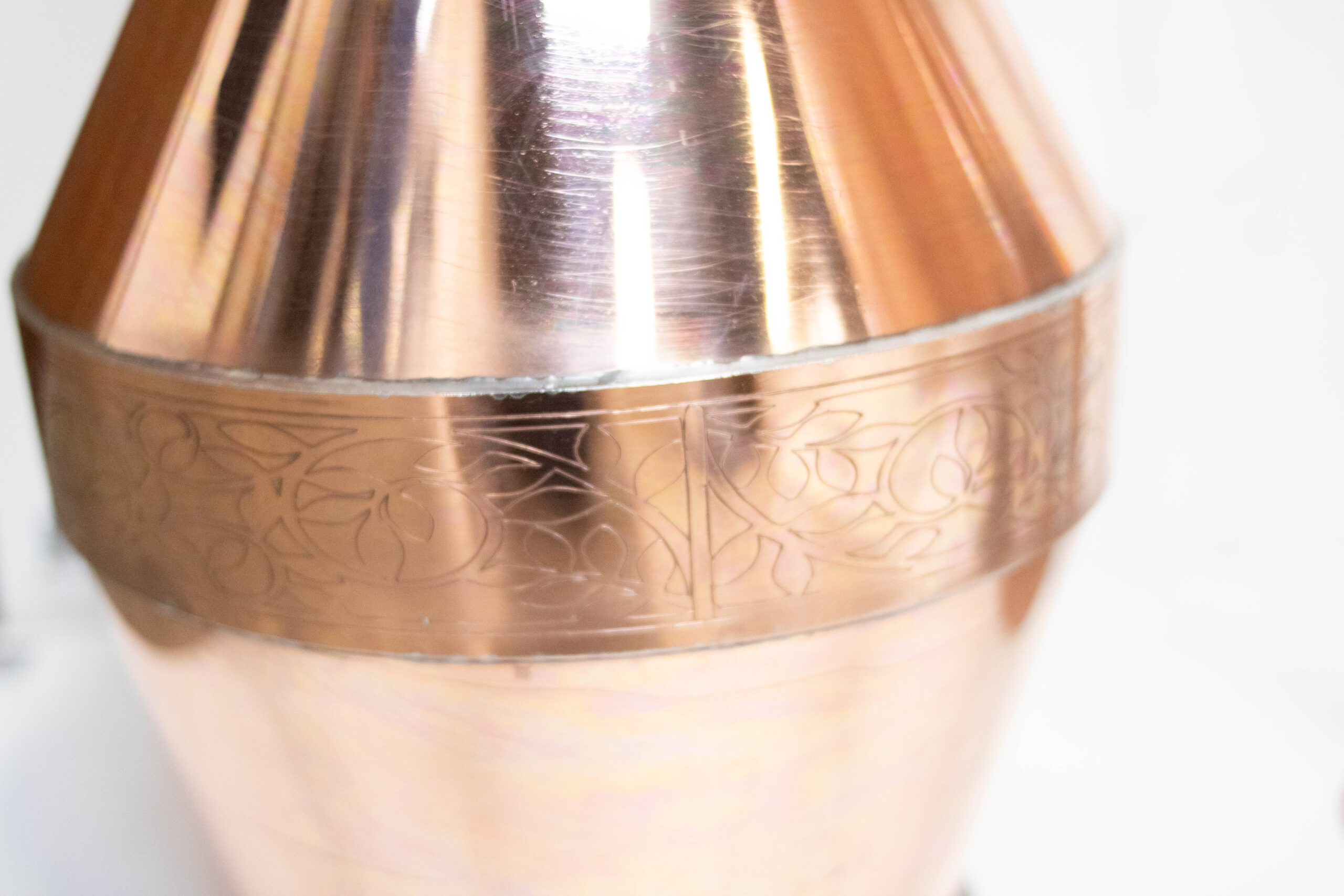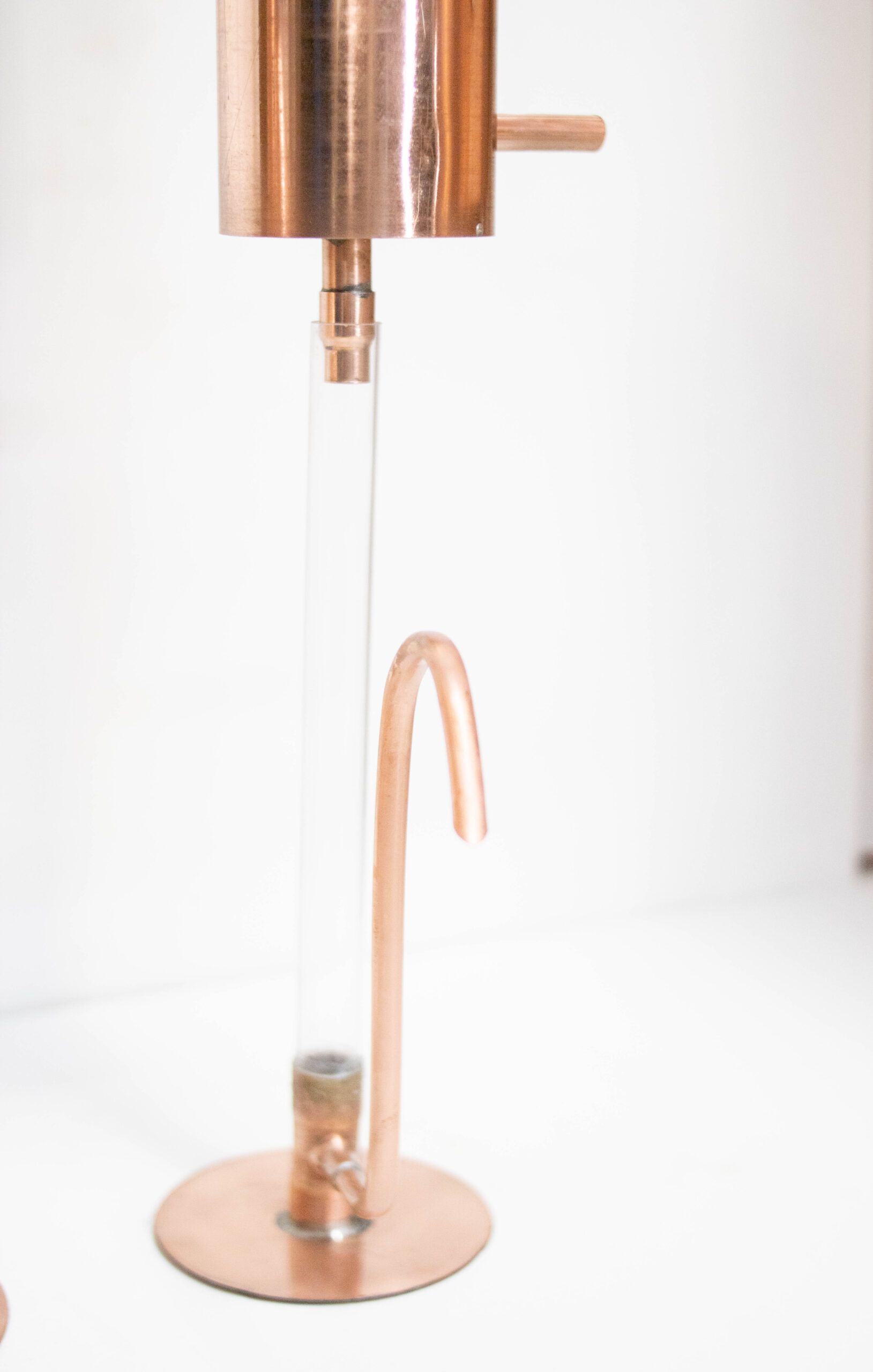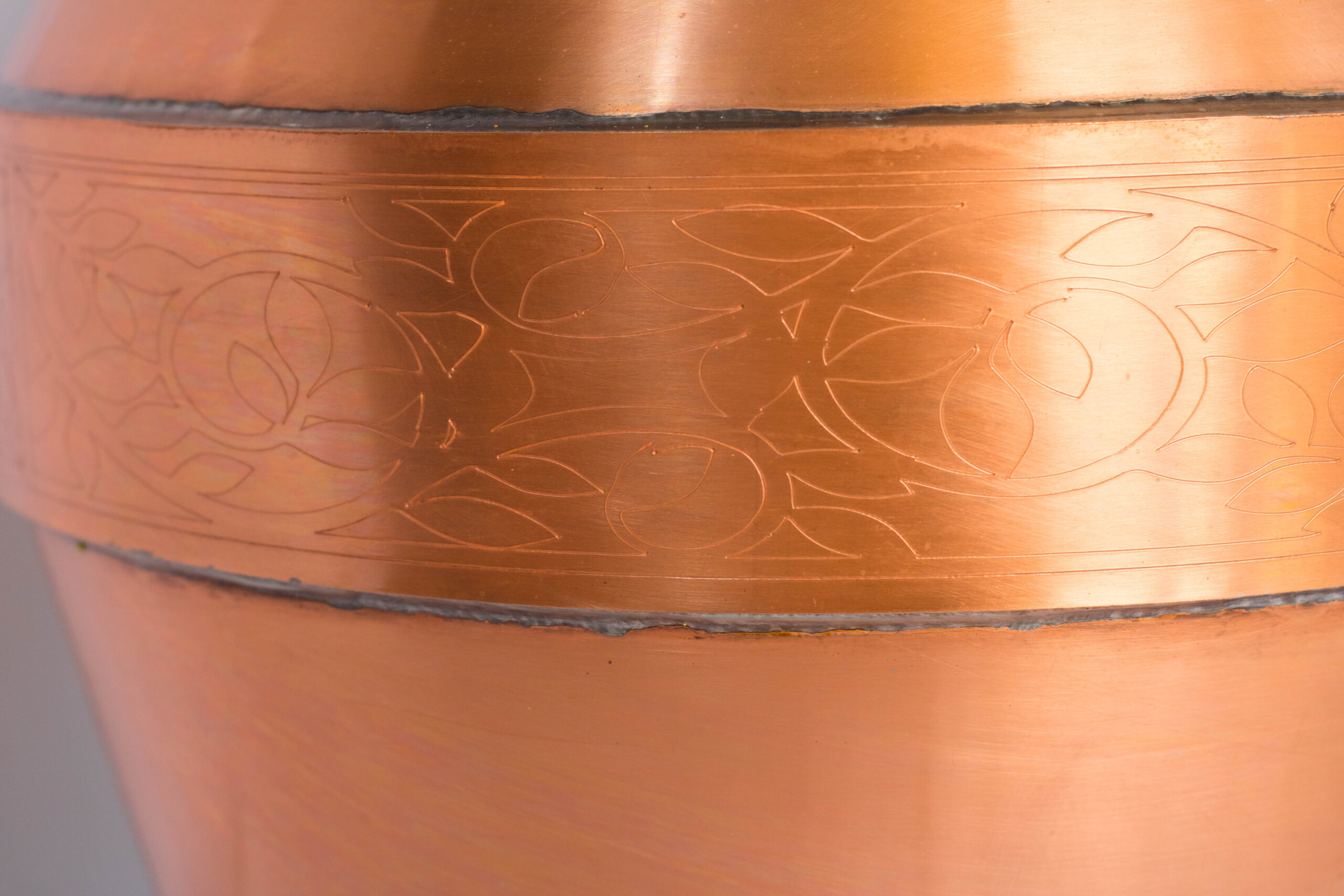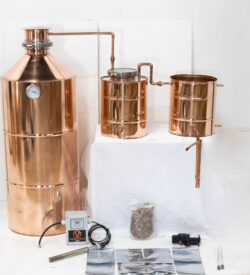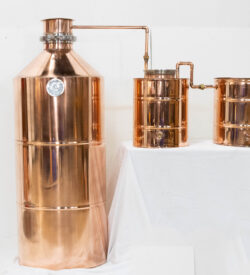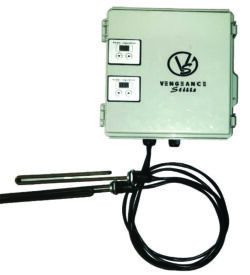5 Gallon Essential Oil Still
$774.00
Handcrafted Essential Oil Still/Steam Distiller. This 5 Gallon Essential Oil Still is the perfect size for the kitchen distiller. With an electric option you can easily make your own oils and hydrosols in the comfort of your own kitchen.
Description
Using the principles put in place thousands of years ago our artisan oil stills are designed and handcrafted by our experienced builders. This beautiful and unique essential oil distillation kit is the perfect size for the do it yourself oil enthusiast and makes a wonderful addition to your kitchen or hobby space.
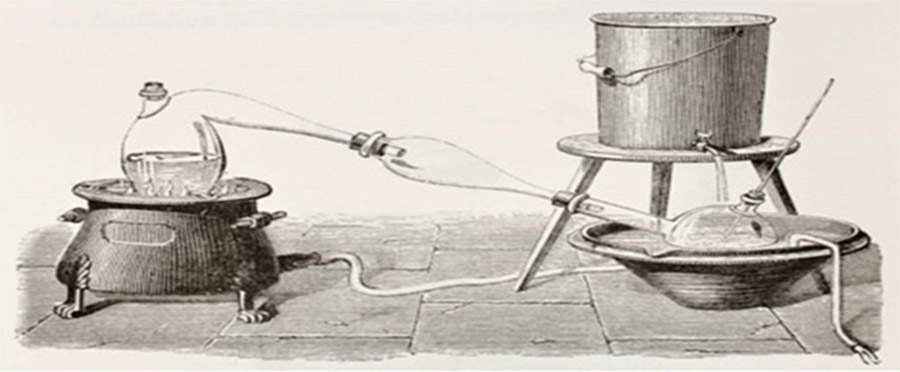
Essential Oil Distillation in History
It is widely believed that the ancient Egyptians were the first to develop essential oil distillation equipment. Written records show essential oil use for medicinal and aromatherapy purposes date back 5,000 years ago, which is right about the same time humans learned to write. Could essential oil distillation pre-date even written history? Absolutely! The Egyptians used essential oils for medicinal, hygienic and religious purposes in their everyday lives. The finest and most expensive oils being saved for the Pharaohs. Essential oils were most certainly part of their spiritual lives and when King Tut’s tomb was opened after 3,000 years the vases that were buried along with his body containing oils had not lost any of their aromas.
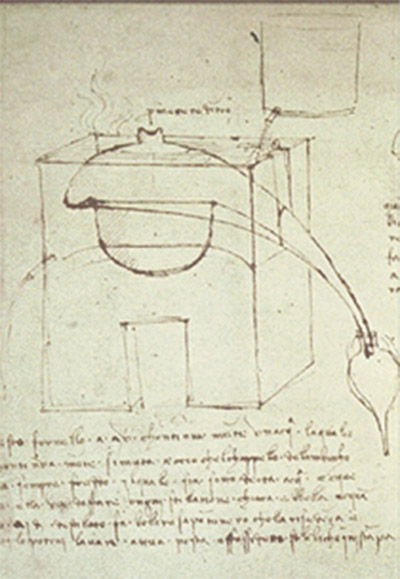
The ancient Greeks used the designs created by the Egyptians and developed their own stills for distillation of oils. Most Greeks viewed aromatic plants as gifts from the gods but the man we’ve come to know as the father of modern medicine, Hippocrates, studied the effects of essential oils on health and promoted their medicinal benefits. Possibly the most famous references demonstrating the historical importance of essential oils is from the Bible itself where there are numerous scriptures regarding anointing oils used for ceremonial purposes. In the Middle Ages, especially in the monasteries in Europe, there was extensive knowledge about how to produce essential oils and their healing powers. Speaking of knowledge, Leonardo Da Vinci himself designed an essential oil still which to this day is the model for some modern oil still designs.
Beginning in the mid-19th century, the first scientific investigations on essential oils began in France and by the beginning of the 20th century chemists were using essential oils to develop lab created perfumes and cosmetics. This is also the time in history that the now commonly known word “Aromatherapy” was coined. Due to an increasing interest in exotic fragrances, science stepped in and synthetics became all the rage in fragrance productions. By the year 1995 only 8 percent of fragrances were still produced naturally. True essential oils, however, are purely natural products that cannot be synthetically imitated due to their countless complex ingredients. These ingredients can only be found in nature.
Although essential oils have become thought of as some new phenomenon, the tradition of using naturally derived oils for medicinal, religious, as well as ceremonial purposes were known long before their contemporary popularity. There are many essential oil products on the market these days to supply the revived interest and demand of alternative healing through essential oils. The only way however to be sure these oils are pure is to make them yourself. The simplest and most gentle way to extract pure essential oils yourself from plant material is through steam distillation using essentially the same method introduced thousands of years ago.
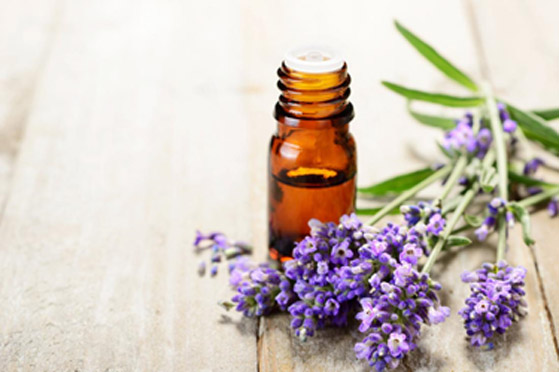
Oil Distillation 101
You’d have to be living under a rock not to know that essential oils are everywhere right now. Are you wondering the reason for the new popularity? Essential oil uses for natural medicine, cosmetics, and aromatherapy aren’t really new at all. In fact, essential oil uses can be found throughout the centuries in nearly every civilization. As the saying goes, “what’s old (really, really old) has become new again”.
The term “essential oil” refers to an aromatic substance from a plant. Depending on the plant, you can find essential oils in its flowers, leaves, peels, roots, resin, or bark.
Natural essential oils are made up of a large number of chemical compounds whose combination give it the smell and healing power. Essential oils are not fatty oils and if you drip a drop on a piece of paper there will be no grease stain. As oils and waters don’t mix, they can be extracted through steam distillation.
Steam distillation is the simplest and most gentle extraction of essential oils. To describe this in its simplest form sounds something like this: hot steam is led through the chopped up plant material and when cooled off again you get your two pure co- products known as essential oil and hydrosol.
If you are new to essential oil distillation process you may be asking yourself, “what is hydrosol?” Sticking to the idea that oils and waters don’t mix, the distillate result of herbal steam distillation results in two by-products: an oil (essential oil) and a water (hydrosol). This water layer is called many things in the world of essential oils and you may hear it referred to as hydrosol, herbal distillate, floral water, herbal water, or essential water. Aside from flavorings, this co-product of your essential oils can be used for aromatherapy, cosmetics, cooking and baking, soap and body messages, and beverage recipes.
Let’s talk a little more about steam distillation. In steam distillation the substance being distilled is not placed directly in water but rather above the boiling water. The steam carries the essential substances of the plant material along with it into a condenser where it is condensed via cooling and turns back into a liquid. Since oil and water do not mix the essential oil can be manually extracted from the water at the end of the distillation process.
With the right equipment and a little bit of effort making your own all-natural and 100 % pure essential oils at home can be a very easy and rewarding process.

